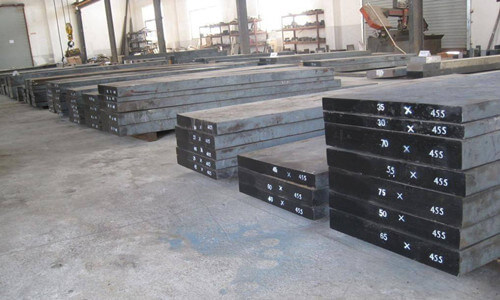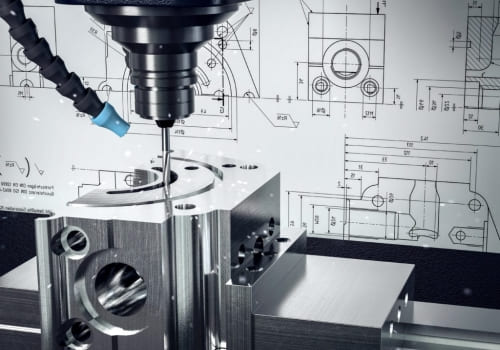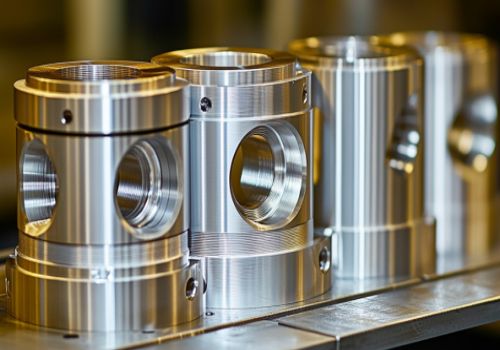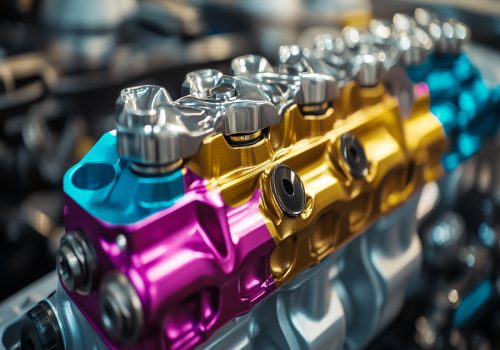With the development of the machining industry, more and more parts are produced by cold-moulding in production, and more and more types of cold-deformed molds are used. Cold volume die forging (cold enthalpy, cold extrusion, embossing, etc.); sheet metal stamping (such as drawing, blanking, trimming, punching, etc.); material rolling (cold rolling, rolling forming, etc.). Although there are many types of cold-deformed molds, different working conditions, and different performance requirements, the basic working conditions are similar: that is, the metal is deformed in a cold state, and it is subjected to large shearing force, pressure, bending force, and Impact and friction.
First, the processing characteristics of cold deformed die steel
- High hardness and high strength to ensure that it does not easily cause slight plastic deformation or damage when subjected to high stress.
- High wear resistance, can guarantee the dimensional accuracy of the mold under high wear conditions, which is more important for the tensile and cold stamping dies.
- Sufficient toughness, so that under impact load and dynamic load, it is not easy to occur work tough peeling or collapse.
- Heat treatment deformation is small, because most molds have complex cavities and precise precision, heat treatment deformation is difficult to eliminate by grinding, and some cold deformation molds should have sufficient heat resistance. How to reasonably choose the material of cold deformation mold and proper heat treatment to improve the service life of the mold is the most concerned issue in production. The normal failure of cold deformation mold should be wear, slight plastic deformation and fatigue failure. However, in actual production, in addition to wear and failure, it is not uncommon to fail in advance, such as collapse, toughness, cracking, etc. As we all know, the service life of cold-deformed molds is a comprehensive factor; the rationality of raw material selection, the metallurgical quality of raw materials, the rationality of design and manufacturing processes, the conditions of use and the technical level of operators.
Second, the selection of cold deformation die steel
- Working conditions of the mold, including equipment type, processing frequency, material to be processed, lubrication and environment;
- The complexity of the mold form and the processing procedure;
- Production batch and technical requirements of the product;
- The difficulty of the source of mold materials and processing conditions, the material cost of large molds often account for more than 50% of the cost of the mold, for molds with complex shapes and high precision requirements, mold steel with small quenching deformation should be used.
According to the actual use, the commonly used cold-deformed die steels are low-hardenability steel, low-deformation steel, micro-deformed steel, high-strength steel, high-toughness steel, and impact-resistant cold-deformed die steel.










